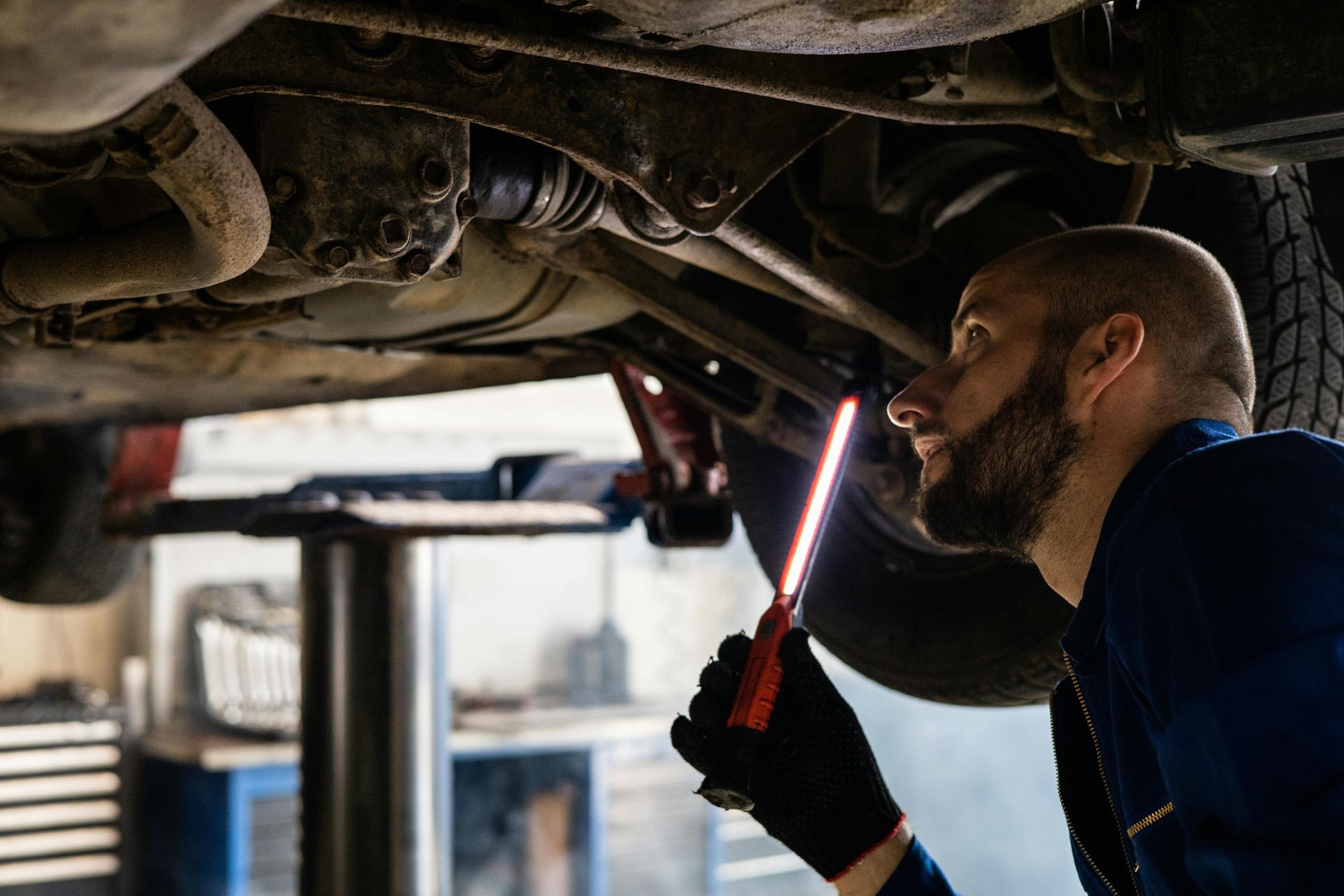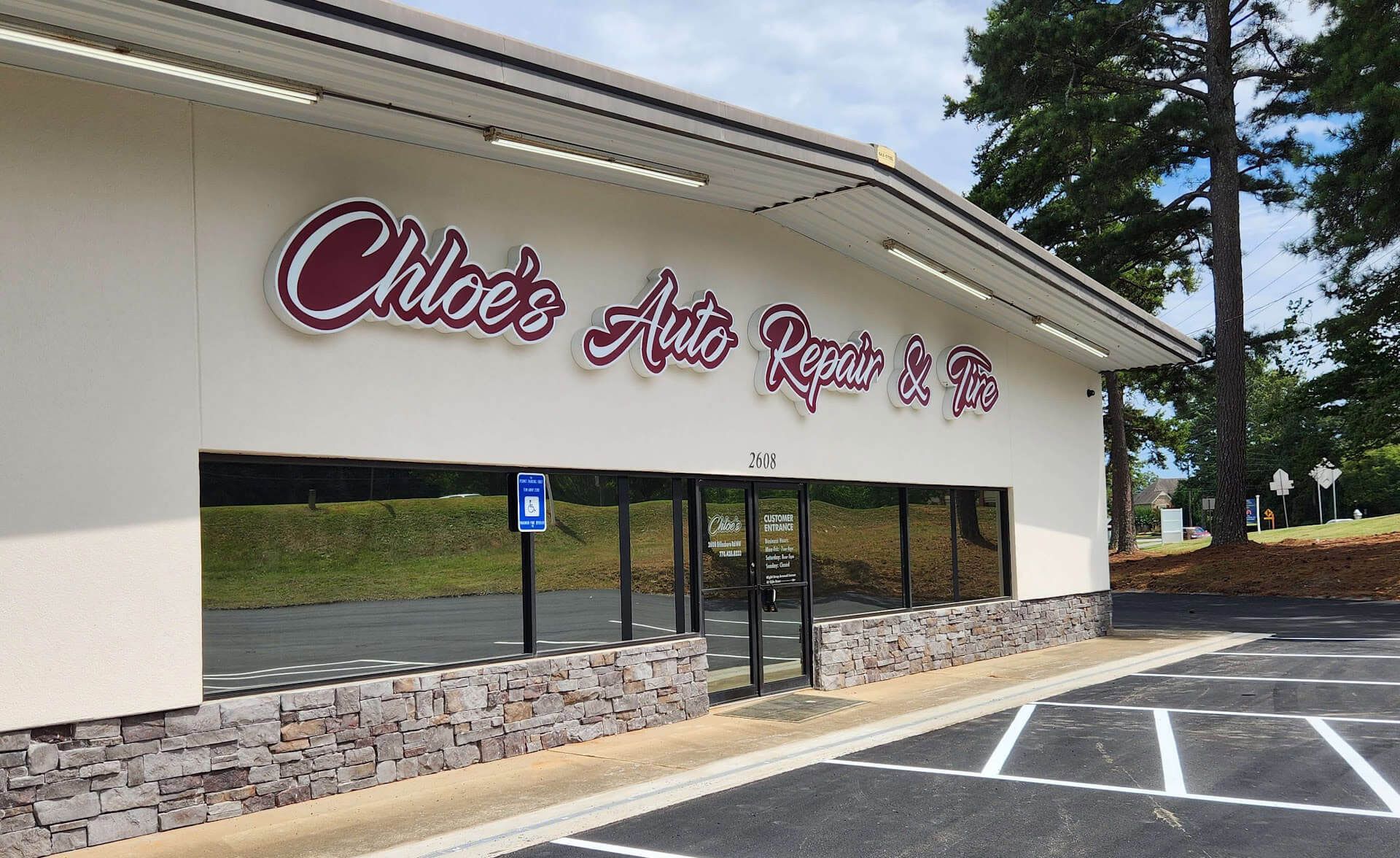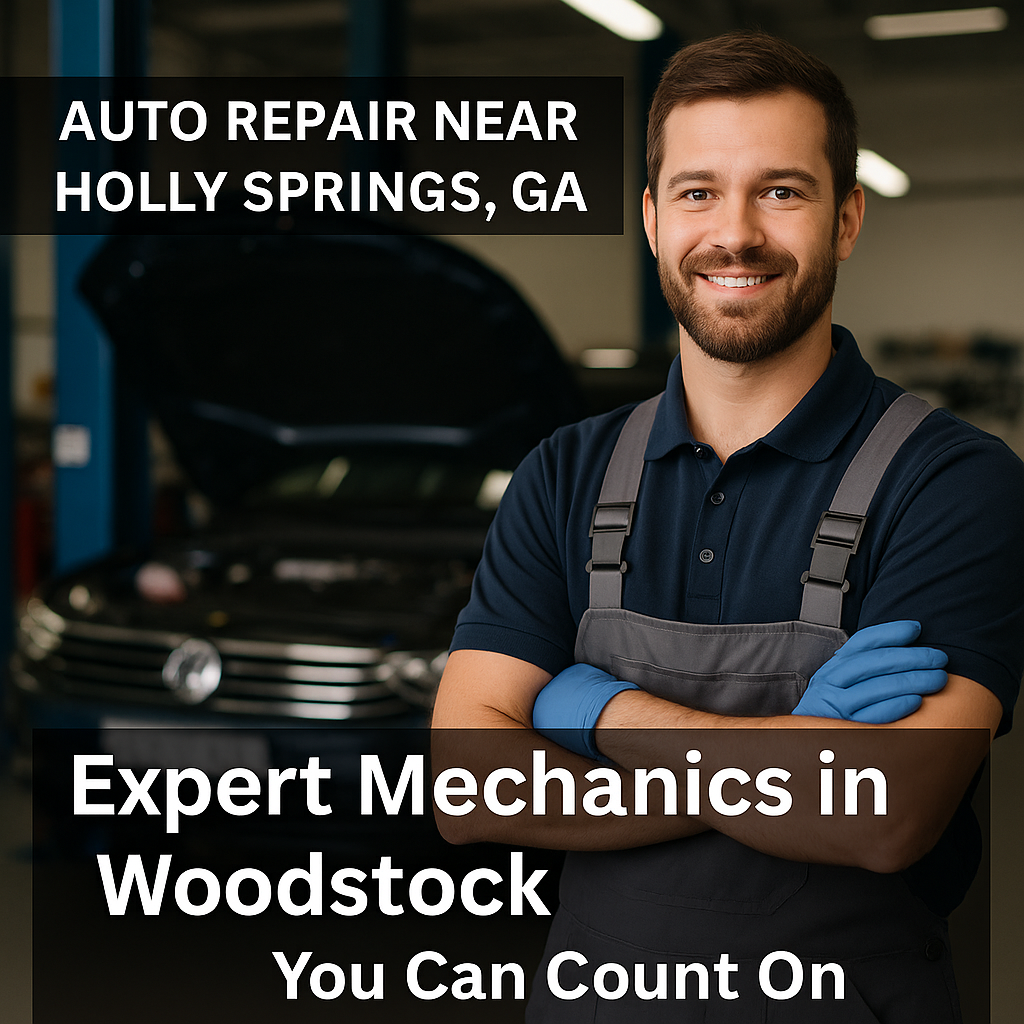A Guide to Buying New Tires
Let’s face it—buying new tires can be an overwhelming experience, especially if it’s your first time. With the wide array of brands, sizes, and tire types to choose from, navigating the tire buying process can be confusing. Luckily, the auto repair experts at Chloe's Auto Repair and Tire have put together a comprehensive guide to help you navigate this often complicated process.
Know When It’s Time To Replace Your Tires
Before you start shopping for new tires, it's important to determine if your current tires need replacing. Look for signs of wear, such as uneven tread, cracks, or bulges on the sidewall. A general rule of thumb is to consider replacement when the tread depth reaches 2/32 of an inch or if you've been using them for six years or more, regardless of their visible condition. You can perform a simple penny test to determine if it’s time to replace your tires. Take the penny and insert it into one of the tire's tread grooves with Lincoln's head facing down and pointing into the groove. If you can see all of Lincoln's head, your tire tread is worn down to or below 2/32 of an inch, indicating that it's time to replace the tire. This level of wear is unsafe and may result in reduced traction, especially in wet or slippery conditions. If you’re not sure if it’s time to buy new tires, consult with a reputable auto repair service.
Size Does Matter
Tire size matters significantly, and it's not just about fitting your vehicle's wheels. The right tire size ensures proper handling, safety, and fuel efficiency. You can find your vehicle's tire size in the owner's manual or on the sidewall of your current tires. It's typically expressed as a combination of numbers and letters, like P215/65R15. Make sure the new tires match this size.
Understand The Tire Codes And What They Mean
Tire sidewalls feature a series of codes and symbols that convey important information about a tire’s size, load capacity, speed rating, construction type, and more. Understanding these codes is vital in choosing tires that suit your driving needs and habits. Let’s look at an example of a tire code P215/65R15 95H and what each component means.
P - Tire Type
The P indicates that this tire is intended for passenger vehicles. Other possible letters include "LT" for light truck tires or no letter for European metric tires.
215 - Tire Width
This number, 215 in this example, represents the tire's width in millimeters.
65 - Aspect Ratio
The aspect ratio is the ratio of the tire's sidewall height to its width. In this example, the aspect ratio is 65, meaning that the sidewall height is 65% of the tire's width.
15 - Rim Diameter
This number indicates the diameter of the wheel rim, in inches, that the tire is designed to fit. In this case, the tire fits a 15-inch wheel.
95 - Load Index
The load index represents the tire's maximum load-carrying capacity. In this example, a load index of 95 means the tire can support up to 1,521 pounds when properly inflated.
H - Speed Rating
The speed rating indicates the maximum safe speed at which the tire can carry a load. In this example, an H speed rating means the tire is rated for speeds up to 130 mph (209 km/h).
Decide What To Spend
Tires come in a wide price range, depending on factors like brand, quality, and intended use. While it's tempting to opt for the cheapest option, consider your driving requirements. If you frequently drive long distances or in challenging weather conditions, investing in high-quality tires with better traction and durability can be a wise decision in the long run.
Chloe's Auto Repair and Tire: Your Trusted Auto Repair Shop for quality tires and auto repair services
If you’re looking for quality tires that are built to stand the test of time, look no further than Chloe's Auto Repair and Tire. We also offer a comprehensive range of services, including:
- Engine repair
- Drivetrain repair
- Timing belt replacement
- Lights repair and service
- Speedometer repair
- Oil change
- Tire services
- Clutch repair services
- Heating and AC service and repair
- Tune-up spark plug service and more
Contact Chloe's Auto Repair and Tire today for all of your auto repair and tire service needs.

Essential Preventive Auto Maintenance Tips in North Metro Atlanta, GA | Chloe’s Auto Repair and Tire






